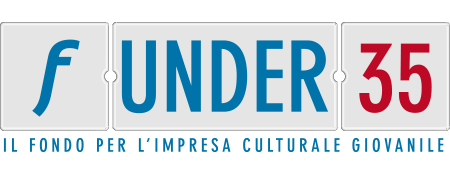Beyond Borders wins the Boarding Pass Plus call of the Italian Minister of Culture
Thanks to the support of the Italian Ministry of Culture, the Beyond Borders project covers a prestigious network of national and international partners. In Italy, it includes subjects coming from the contemporary theatre that sees Instabili Vaganti as a leader, together with ATER Fondazione, the Arboreto Teatro Dimora and La Mama Umbria International. Abroad , important festivals and Cultural Institutions such as : La Mama of New York, the Cross Currents Festival of Washington DC – USA, the FINTDANZ and FITICH festivals- Chile, the Folkcanarias Festival – Spain, TAFMA and Hornbill Festival – India, Studio Ramli Hassan – Malaysia, Centre Culturel Regional de Dakar Blaise Senghor – Senegal.
The project is divided into two phases of work: one in presence, focused on intercultural exchange and artistic creation, and one online, providing educational and promotional purposes. Artists and performers from different disciplines will participate in both phases.
The first phase of work is the core of the project, the fundamental moment of meeting, confrontation and artistic sharing. It alternates periods of research and artistic residence abroad, and periods of work restitutions in Italy, in which Italian and foreign professionals share knowledges, techniques and methodologies of work to undertake a kind of co-creation which is capable of developing shared international projects of co-production. This phase is divided into 7 steps of exchange, research and creation, in 6 countries: Chile, USA, India, Malaysia, Senegal, Canary Islands, and 3 steps in Spoleto (PG), Mondaino (RN), Bologna (Italy), where the grouping realities operate.
The second phase of remote work consists of a series of on-line meetings and workshops aimed to build a Global Forum, a network of artists, scholars, professors, journalists, who gather around the topics of the project, and to the realization of web video performances. These activities aim at implementing an innovative communication strategy, but they are also important moments of comparison and formation between artists, operators and thinkers from all over the world.
During the phases of work, the main concept of “border” will be analysed in different ways, by exploring the problems and political issues of our global era and opening an intercultural discussion on some social and political issues that are interconnected and opposed to each other: confinement and new migratory routes, limitation of personal freedoms and social revolution, mass exodus from megacities and return to nature.
Particular attention will be given to the relationship between performing arts and community, creative processes and sustainability, culture and landscape, theatrical and political action, through the continuous comparison between tradition and innovation in order to enhance secular techniques and knowledge coming from different cultures, by actualizing them and making them penetrate in a disruptive way in this new digital age.
The creative process will take place in close contact with the host places, in synergy with the different culture and natural spaces which represent a heritage that must be safeguarded and an inexhaustible source of inspiration for artists: suburban and border areas, surrounded by nature, small cultural towns where you can work close to the local communities. Sometimes, they can be inaccessible places where new processes of co-creation will be established by accessing to an artistic and cultural heritage which is still not present or completely unknown in European circuits: from the performing arts of the tribal region of Nagaland, to the traditional oral songs of Senegal, from the dances of Malaysia to the folk music of the Canary Islands.
The “global” and “glocal” approach will be used together to build an international and multicultural community that is able to create a real and fruitful comparison through the exchange of operational practices and methodologies, by enhancing the professional figures involved and their peculiar artistic and organizational characteristics.






